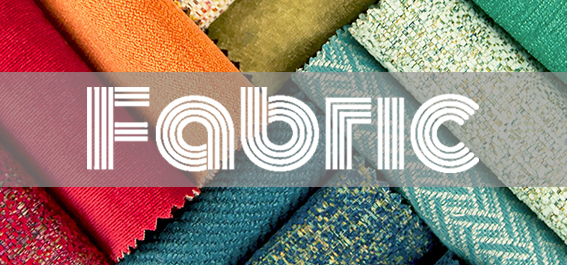Common clothing fabrics

1. Cotton cloth
Cotton cloth It is the general term for all kinds of cotton textiles. Cotton cloth is divided into cotton, rayon and other varieties. It is mostly used to make fashion, casual wear, underwear and shirts. Its advantages are easy to keep warm, soft and tight, hygroscopic and breathable. Its disadvantage is that it is easy to shrink and wrinkle, the appearance is not very crisp and beautiful, and it must be ironed frequently when wearing.
2. Sackcloth
Sackcloth It is a fabric made of hemp, linen, ramie, jute, sisal, abaca and other hemp fiber. It is generally used to make casual clothes and work clothes, and mostly used to make ordinary summer clothes. Its advantages are extremely high strength, moisture absorption, thermal conductivity, and excellent permeability. Its shortcomings are that it is not very comfortable to wear, the appearance is rough and stiff.
3. Silk
Silk It is a general term for various silk fabrics woven from silk as raw materials. Like cotton cloth, it has many varieties and different personalities. It can be used to make all kinds of clothing, especially suitable for making women's clothing. Its strengths are light, thin, fit, soft, smooth, breathable, colorful, shiny, noble and elegant, and comfortable to wear. Its shortcomings are that it is easy to wrinkle, easy to absorb, not strong enough, and fade quickly.
4. Woolen cloth
Woolen cloth Also called wool, it is a general term for fabrics woven from various types of wool and cashmere. It is usually suitable for making formal, high-end clothing such as dresses, suits, coats, etc. Its advantages are anti-wrinkle and wear-resistant, soft hand feeling, elegant and crisp, full of elasticity and strong warmth retention. Its shortcoming is that washing is more difficult, and it is not suitable for making summer clothes.
5. Leather
Leather It is a tanned animal fur fabric. It is mostly used to make fashion and winter clothes. It can also be divided into two categories: one is leather, that is, leather after dehairing treatment. The second is fur, which is treated leather with leather. It has the advantages of lightness, warmth and elegance. Its disadvantage is that it is expensive and requires high storage and care, so it is not suitable for popularization.
6. Chemical fiber
Chemical fiber Abbreviation for chemical fiber. It is a textile of fibers made from high molecular compounds. Usually it is divided into two categories: artificial fiber and synthetic fiber. Their common advantages are bright colors, soft texture, overhanging, smooth and comfortable. Their shortcomings are poor wear resistance, heat resistance, hygroscopicity, and air permeability, which are easily deformed by heat and easily generate static electricity. Although it can be used to make all kinds of clothing, but the overall grade is not high, it is difficult to be elegant.
7. Blended
Blended It is a fabric made by blending and weaving natural fibers and chemical fibers in a certain ratio, which can be used to make various garments. Its strength is that it absorbs the advantages of cotton, hemp, silk, wool and chemical fiber, and avoids their shortcomings as much as possible, and is relatively cheap in value, so it is very popular.
8. Modal
Modal is a cellulose regenerated fiber with high moisture modulus viscose fiber. The raw material of this fiber is European beech wood, which is first made into wood pulp, and then processed into fibers through a special spinning process. The raw materials of this product are all natural materials, which are harmless to human body, can be decomposed naturally, and are not harmful to the environment. The characteristic of Modal fiber is to combine the luxurious texture of natural fiber with the practicality of synthetic fiber. It has the softness of cotton, the luster of silk, the smoothness of hemp, and its water absorption and breathability are superior to cotton. It has a higher dyeing rate and the fabric color is bright and full. Modal fiber can be blended and interwoven with a variety of fibers, such as cotton, hemp, silk, etc., to improve the quality of these fabrics, so that the fabric can remain soft and smooth, play the characteristics of their respective fibers, and achieve a better use effect.
